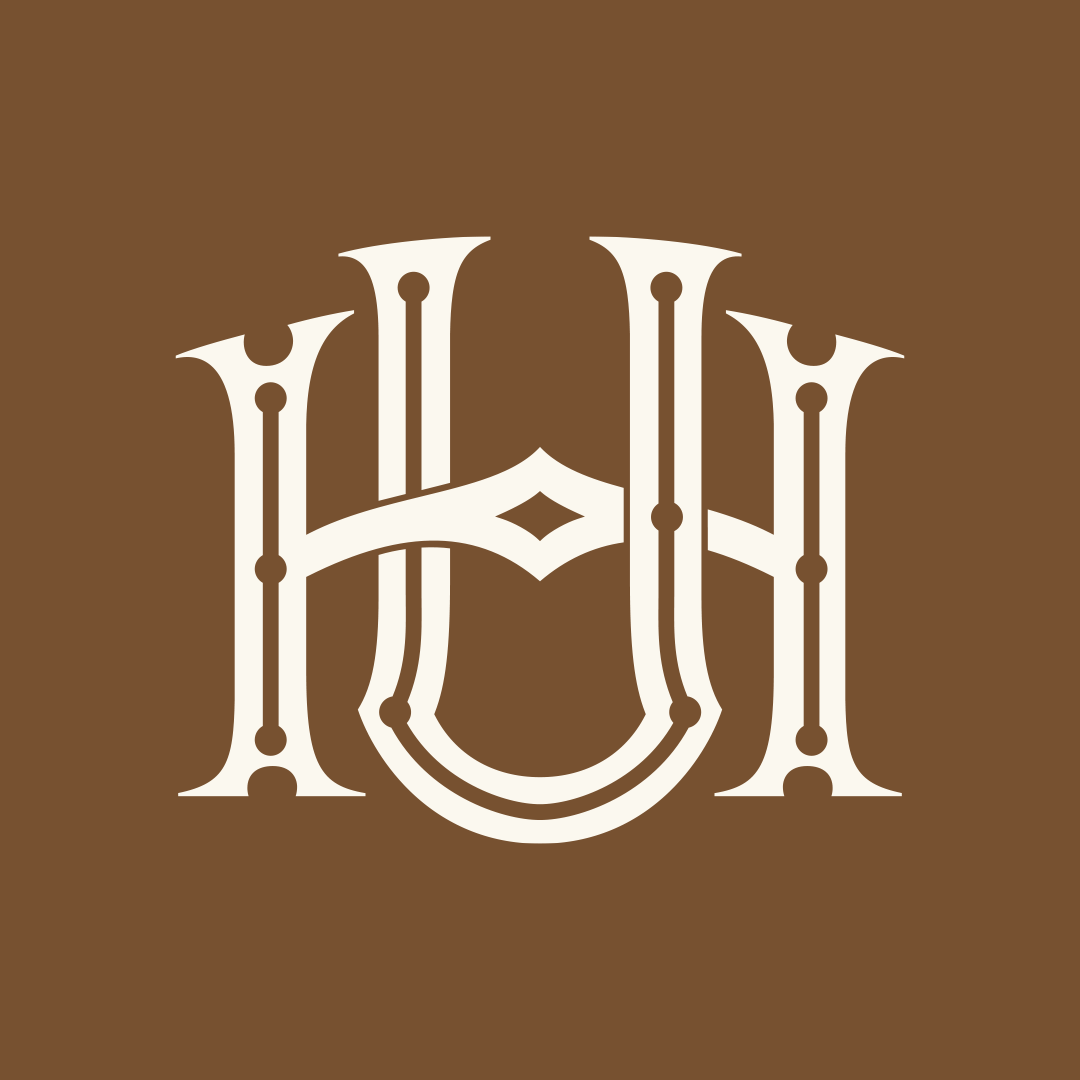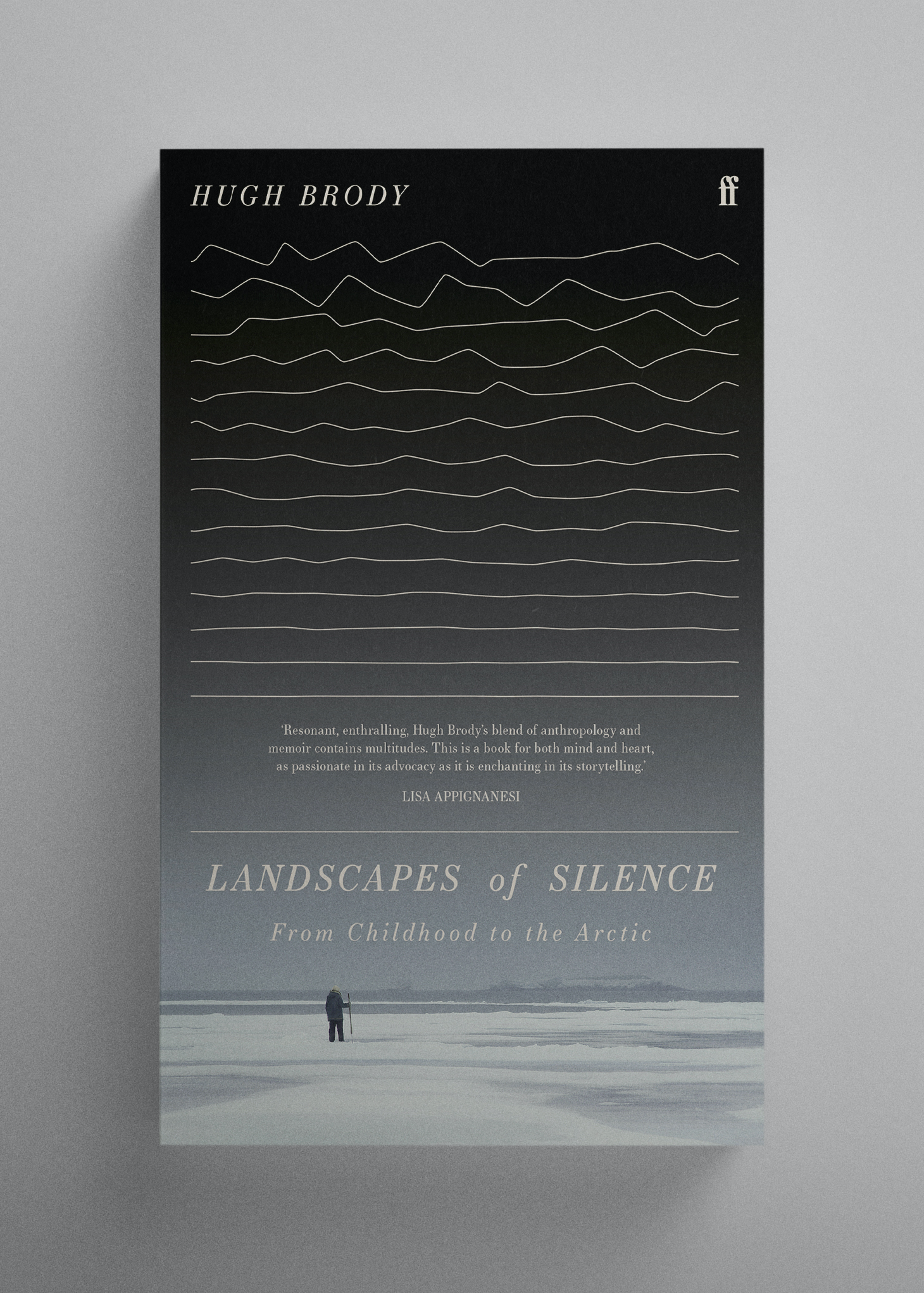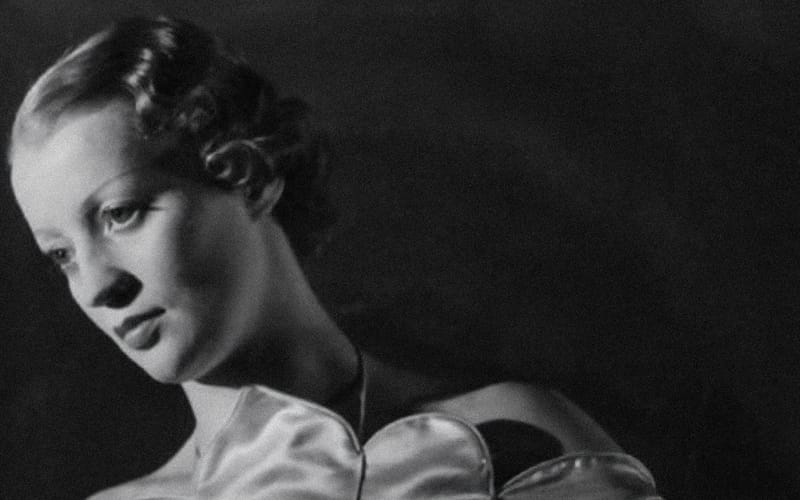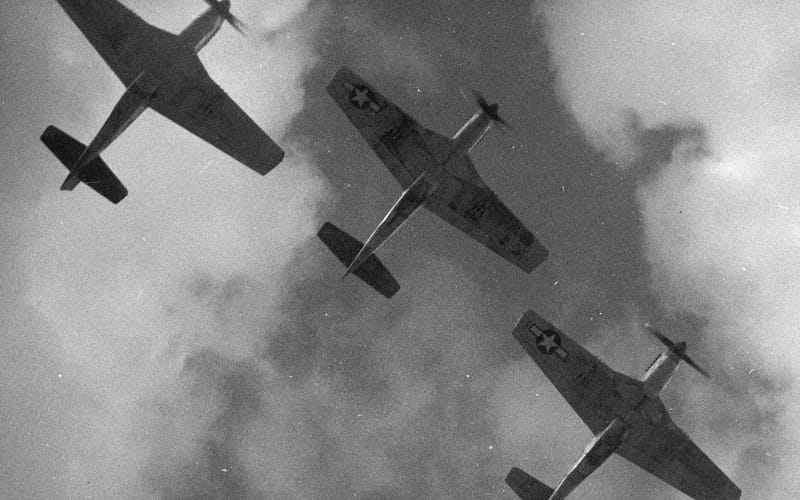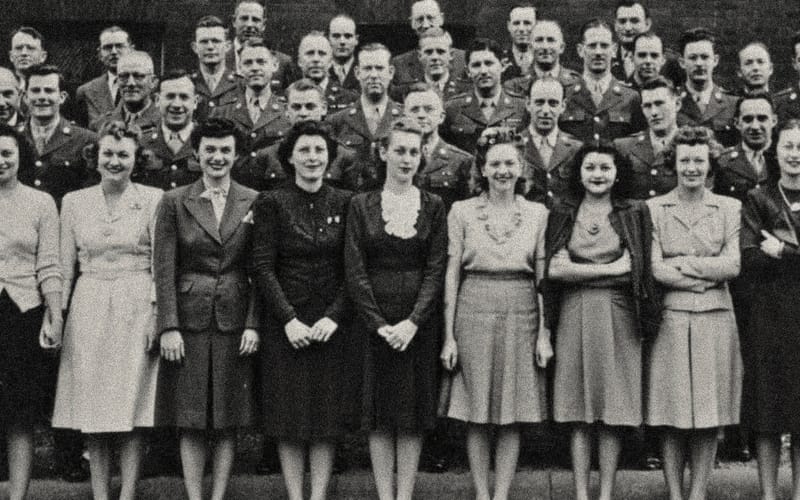Excerpt: Landscapes of Silence by Hugh Brody
From Childhood to the Arctic
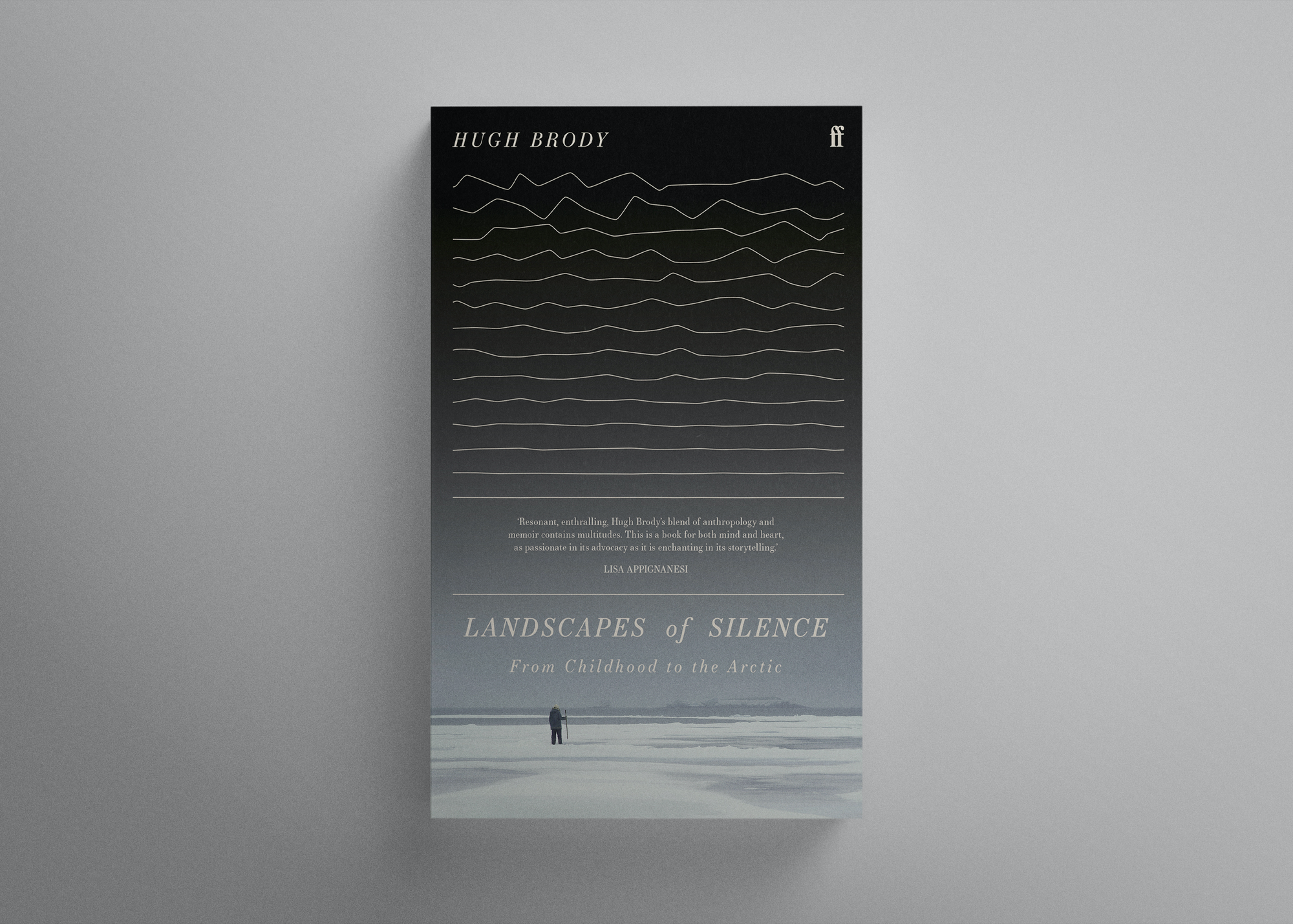
Renowned anthropologist and film-maker Hugh Brody weaves a dazzling tapestry of personal memory and distant landscapes: childhood in England in the shadow of the Second World War, the Derbyshire hills, a kibbutz in Israel and the deep Canadian Arctic. He takes us on his first journeys to the Arctic, a world so far removed from anything he had known as to be a chance to learn, all over again, what it can mean to be alive.
In these landscapes, human well-being appears to be both possible and impossible. Yet in memory, in the land, in the defiance of silence, Hugh Brody sees a profound humanity – as well as hope.
With an exclusive foreword for Unseen Histories by Hugh Brody

In 2002 some researchers working for the government of Nunavut – the newly created Inuit jurisdiction across the Canadian central and eastern Arctic – invited me to make a visit first to Ottawa and then on to Iqaluit, the Nunavut capital. This would be a return to the north after working in other parts of the world for almost fifteen years. A long time to be away, and I was excited to be heading back. But my hosts arranged that the first thing I saw on checking into a hotel in Ottawa when I arrived was detailed information about Inuit youth suicide. Young Inuit were expressing the most profound despair about their lives, revealing that they did not believe in the future on offer, in any future.
As soon as I saw the sheets of paper on which the details of the deaths were laid out, I knew that I could not write again about the north without taking on what this might mean. So I began a journey of exploration and attempts at writing, seeking to puzzle out these terrible facts and find out how widespread they were. I attempted to write a long analysis looking at the Canadian north, but also at other indigenous communities going through the same agony. I got in touch with Inuit and First Nation friends, asking them to help me to understand, and made two short journeys to the Arctic, spending a great deal of time in British Columbia to meet with indigenous people who would share their experiences and their thoughts with me.
But the more I worked on this, the less confidence I had in what I might write. And as I worked, I realised that I must tell my own story, or at least the part of it which took me to a suicidal moment, and to my own experience of despair. So, in 2015, I began work on a completely different kind of book: a blend of memoir and anthropology. As I wrote it, I realised that I had found a way to answer a very simple question about myself: why was a Jewish boy from the north of England so determined to seek ways of life at what appeared to be the remote margins of the world? In setting down an answer to this question, I found that I came right into the heart of the puzzle about youth suicide.
After three long drafts, three attempts to write this intensely personal book that was also an attempt to unravel the forces of colonialism and abuse at the frontiers, I was not sure I could manage it. Then, with the help of sudden and prolonged quiet created by the COVID lock-down, I began again.
The result is Landscapes of Silence.
— Hugh Brody
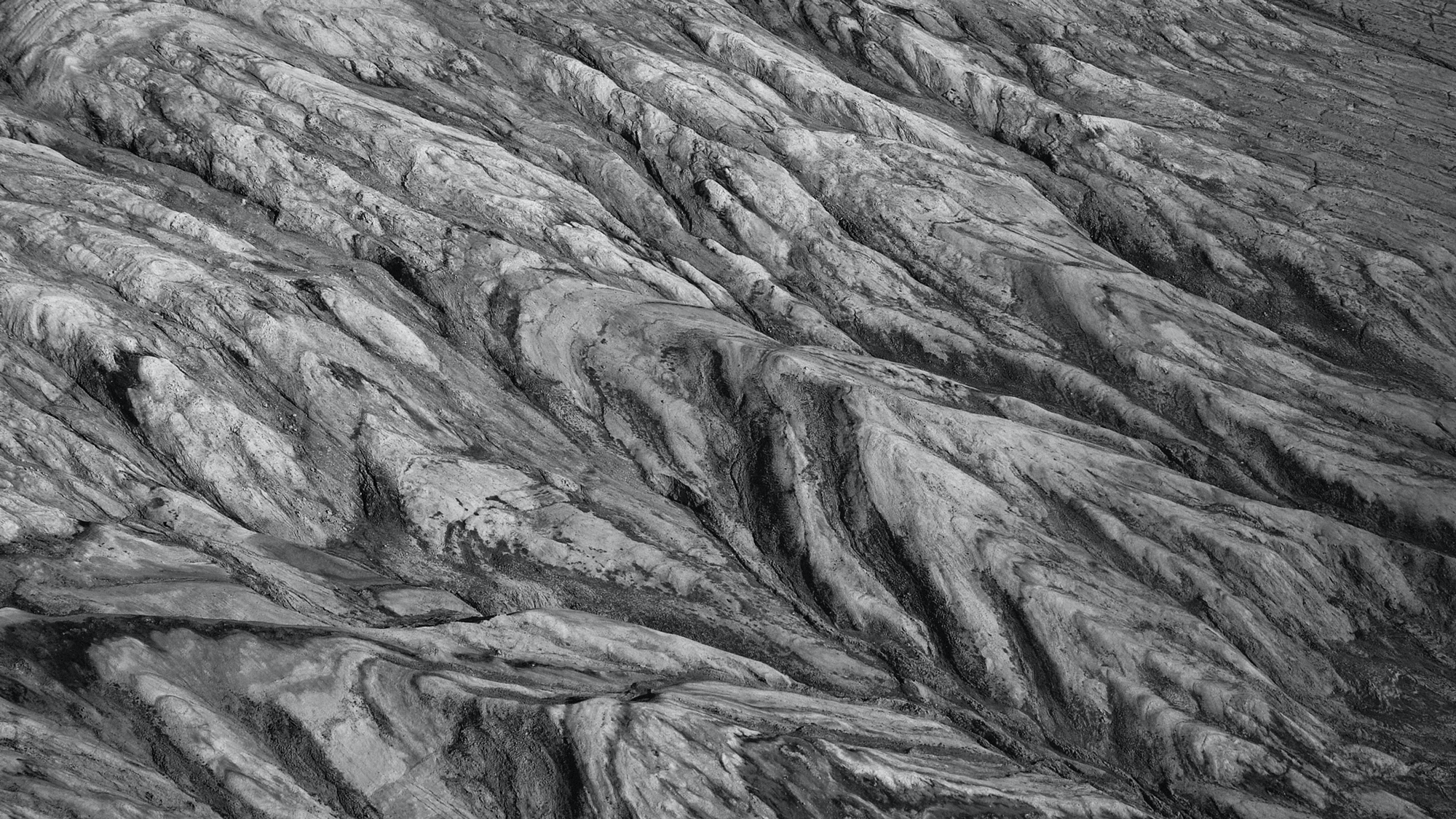

And the North
An abridged excerpt from Landscapes of Silence by Hugh Brody
I went to the Arctic for the first time in 1970. First to the Inuktitut language school in Rankin Inlet, then to Pond Inlet, at the north end of Baffin Island. I flew north in the Arctic early spring. The houses of Rankin were still half buried in snow and, at the shore below the houses, the sea-ice stretched off into the distance. The first day I arrived I walked out onto the rim of the ice, finding a way among the heaped boulder-like chunks of ice that had been frozen onto the beach.I was full of trepidation, afraid that I was about to be attacked by a polar bear and unsure if I would ever be able to manage this astounding, utterly unfamiliar place. I remember thinking that this was the first time I had ever felt completely free of the allergies and asthma that had plagued my childhood. And free in my soul because I was so far from anything I knew. My job was to learn – the language, the way of life, the challenges, the complications of change. I was to spend many months living and travelling with Inuit families.
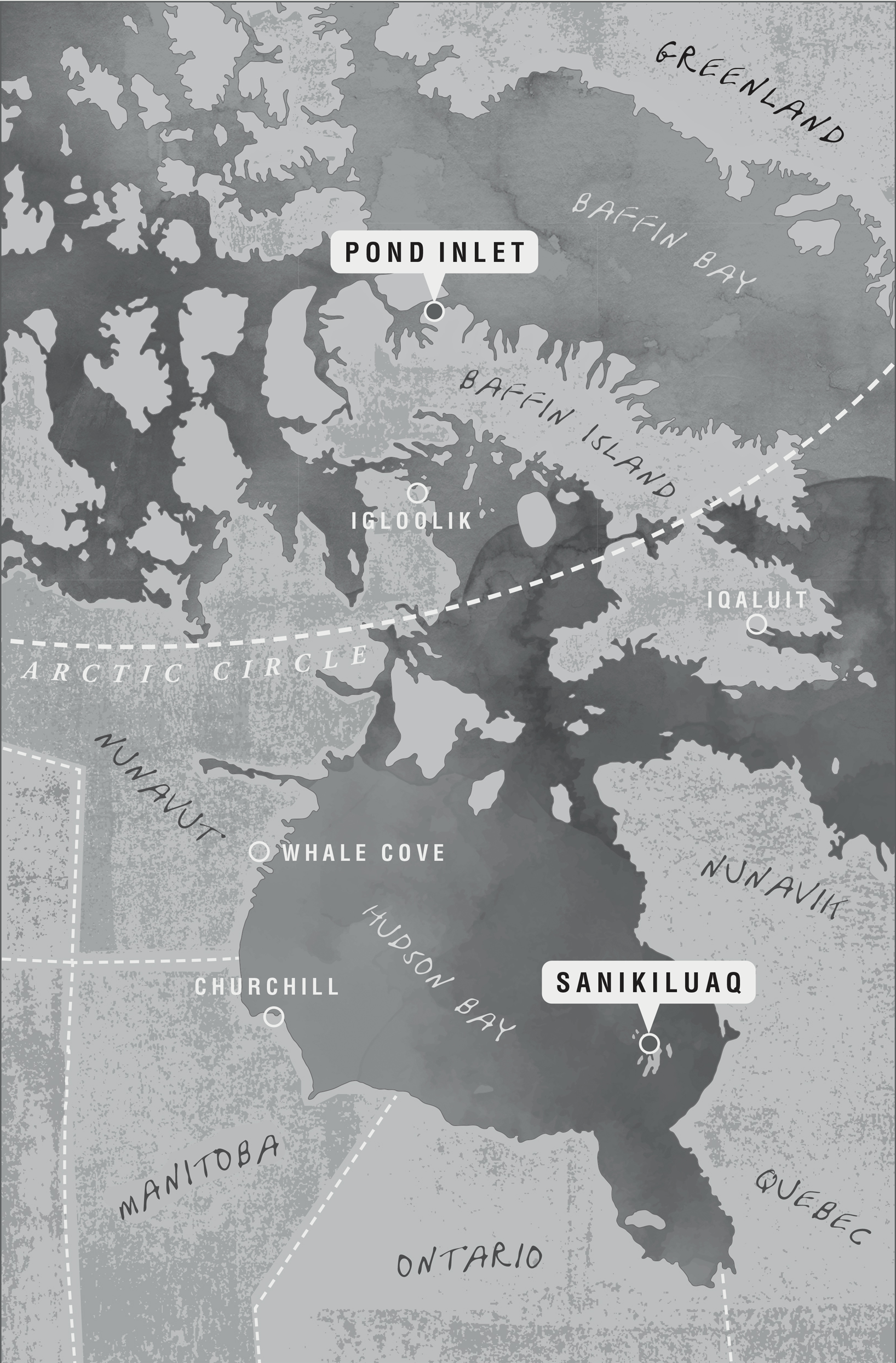
In Pond Inlet I stayed with the family of Inuk and Inujak, a warm and easy-going middle-aged couple whose house was in the middle of the settlement. Whenever possible, however, often at the urging of my Inuktitut teachers, I went out onto the land, to be with hunters, travelling by both dog-team and snowmobile. I have many times struggled to find the words with which to share the beauty of that land and the joy of being shown what it was, and what it means, to the people of the north.
The light, the way the sun circled in the sky all through the spring and summer; the winter, when for many weeks the darkness yielded only for a short spell of midday twilight. The cold, when all moisture in the air became tiny ice crystals, and every breath could cause frost to build up on the fur trim of a parka and on any unshaved part of my face. The heat, when the miracle of caribou-skin clothing meant that my body was so well insulated that I would have to flap the wind through my jacket to cool down.
The ice in so many forms and shapes – great blocks and ridges of frozen sea that had been forced up onto the shoreline at the beginning of winter; the vast spread of the frozen surface of the sea itself, and icebergs locked into it and then drifting across the horizon through the summer. And the snow – fresh falling, driven in the wind, packed tight on top of the sea-ice, melted and refrozen – I was able to learn some of the words Inuit used to speak of its many forms. Every part of this world astonished me for its scale – immensity of landscape, many thousands of square miles that were the home and territories of the hunters, journeys of days, sometimes weeks, across the ice, along fjords, over the tundra, across the mountains. And the unbelievable beauty.
So far removed, out at the extremes and edges of my world, often bewildering, at times frightening, yet I felt at home, in the depths of my being. Some of this came from links that did exist between the far north and the places I had lived before. There were birds that I knew, or had read about in my great childhood bird book; nests and eggs I had found as text and paintings. Now I was thrilled at seeing, for real, king eiders, rock ptarmigan, falcons and long-tailed skuas. When the Inuit realised that this was a special enthusiasm of mine they made a point of teaching me all the names they had for birds, and all the uses they made of them. In one community, they even created a collection of eggs they found when out on hunting trips. I made a study of the alpine plants too – another surprising reminder of home, the rockery in the garden in Sheffield.
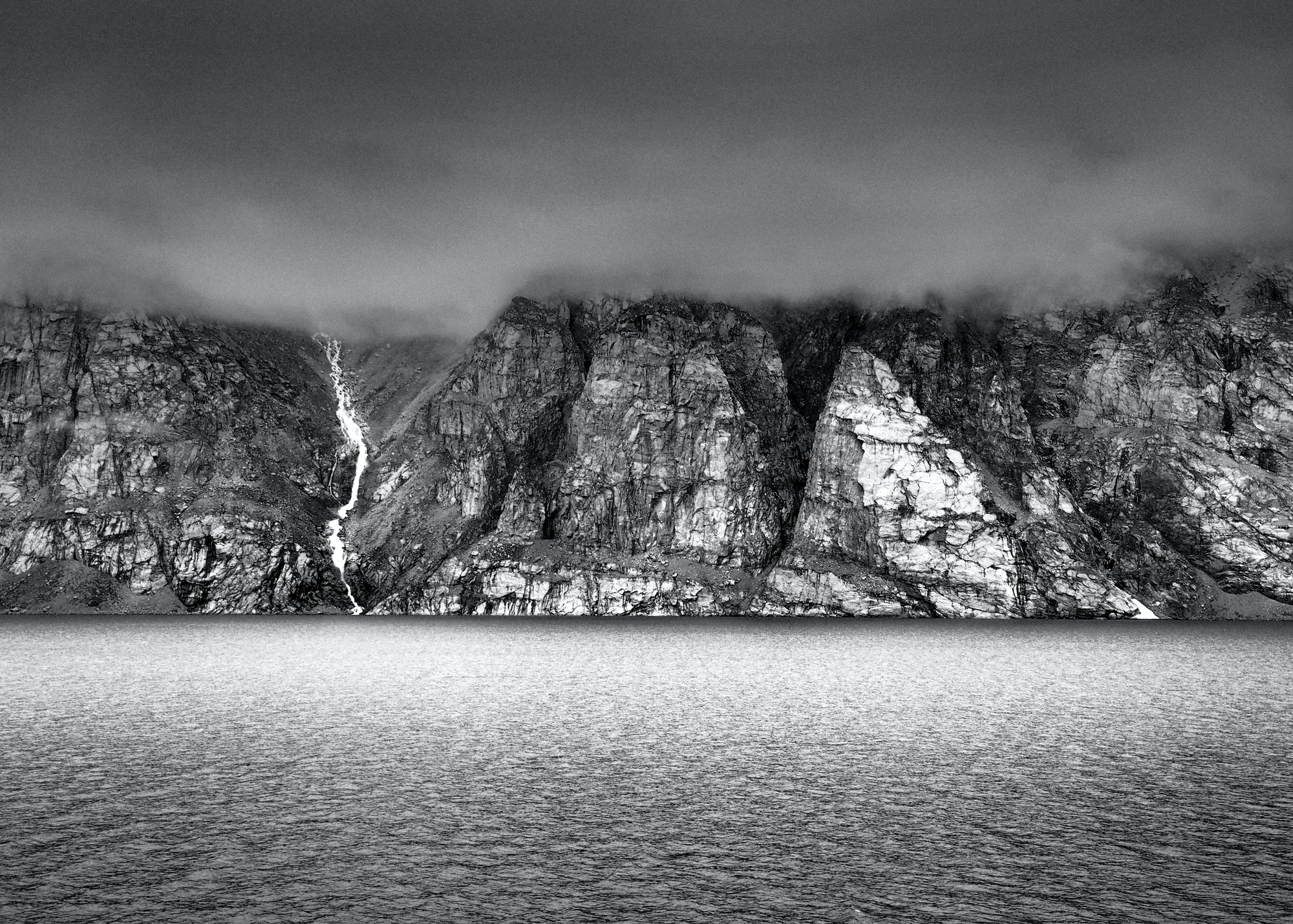
But the deep ease I felt being there came from the welcome I was given, both out on the land and in the houses of the settlements: the warmth, generosity and humour of everyday life. It took me some time to understand that this welcome, and the ease I was made to feel, came from qualities of personality and society that were deeply embedded in Inuit hunter-gatherer ways of being on their land and with one another. A flood of both anthropology and delight. This was indeed a homecoming, the chance to begin again.
Within a few weeks of arriving in Pond Inlet, like all southerners who spent any length of time in the Arctic, I had been given an Inuktitut name. Mirqukuluk. Mirqu is the word for body hair. The suffix -kuluk translates very much as the Scottish word ‘wee’, implying a mixture of being small and nice. The wee hairy one. After I had been working in the north for about a year, Anaviapik had begun to call me Irninguaq, adoptive son, and told me that I should know his wife, Ulajuk, as Anannanguaq, adoptive mother. When we were out on the land, Anaviapik would call me by names that referred to what we were doing together – Qimmuksiqatik, dog-team partner, for example, or, more generally, Piqatik, the person he was with.
Older Inuit were always uneasy about using someone’s real name. At birth everyone was given a name that came from a much loved relative, often someone who had died not long before the birth of the person being given the name. In the same way, the name of the elder who had died also came from a close relative of theirs. Thus names reached back into the timeless past. To give a name was to bring the ancestor back to the world, as a form of reincarnation. So to speak a name out loud was to risk association with the spirit world of the ancestors. The use of words to establish kinship and actual shared activity was to hold others in the web of connections. Thus when I was given these names I too was drawn into the community, given a place, as a newborn, in that system. Nothing could have been more welcome to me. For all that I was the extreme outsider, I was given to understand in this way that I belonged. And, once I was given this sense of belonging, I felt able to ask those who had thus adopted me to share their stories.
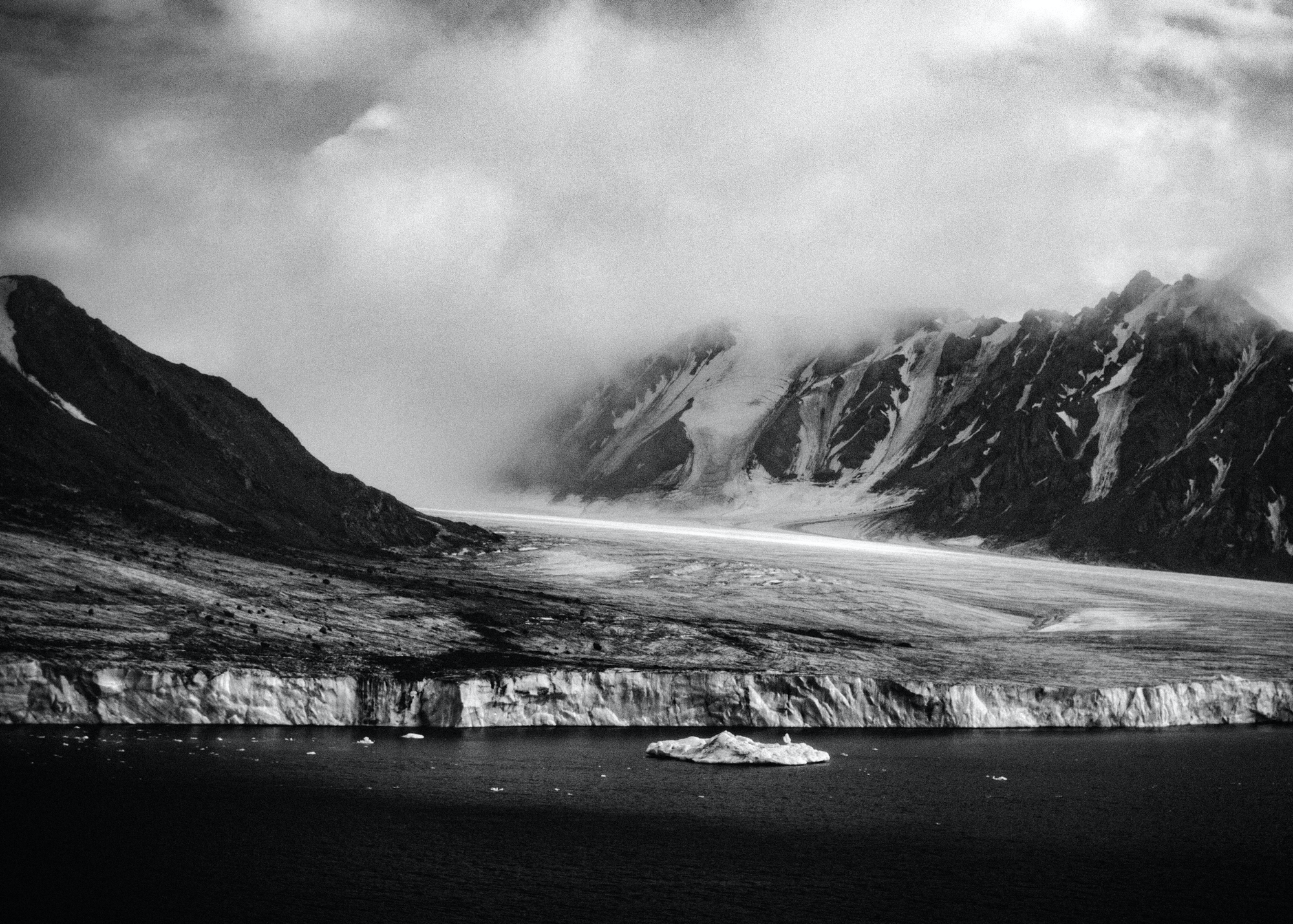
The community that I was welcomed into was small – no more than 500 people lived at the north tip of Baffin Island. Over the three years that I spent time there I came to know just about every family, and visited most homes many times. But the land that they travelled, and knew in extraordinary detail, was immense. After working in the Arctic for three years, I became one of a team that had the job of mapping Inuit relationships to their environment. The Canadian government had agreed to negotiate indigenous claims to their lands, and the Inuit were among the very first to look for a way to make these claims visible. Maps were a device for achieving this.
From the very beginning I was uneasy about it being called a ‘claim’ – after all, it is colonists and settlers who lay claim to the lands of others. Nonetheless, this was a chance for the Inuit to establish beyond any doubt or question that the Arctic was indeed theirs. Prior to this mapping work, the Inuit had never spoken to me in terms of ‘owning’ their land – rather, it was the setting in which they lived, hunted, travelled, and, as the elders kept pointing out to me, this land was given its life by their knowledge. So the mapping may have changed forever the way that the land was seen, by both the Inuit and government: it now became a contested zone, an arena of possession and, therefore, potential dispossession. I had the job of building with the people the maps that would show their rights to the eastern high Arctic, with all the places that I had been taken to by dog-team, skidoo and innumerable stories.
I knew it was a large area; when I came to put the topographical sheets together, I discovered that we would have to map onto a base that extended over 450 miles from east to west, and 400 miles from north to south. This large area was made all the more extensive by its fractured topography: the multitude of bays, inlets, islands and mountains meant that those who used this land travelled along routes that twisted and turned, headed out across spans of open water and far inland along dramatic fjords and long river valleys. I knew that many families had often travelled to hunt or visit with relatives and neighbouring settlements that were 150 miles away; one family I knew had made an extended journey of over a thousand miles, moving from one Inuit community to another, all the way to the tree line, far to the southwest. Putting together all the map sheets for this extent of land use meant making a set of base maps that was five feet across.
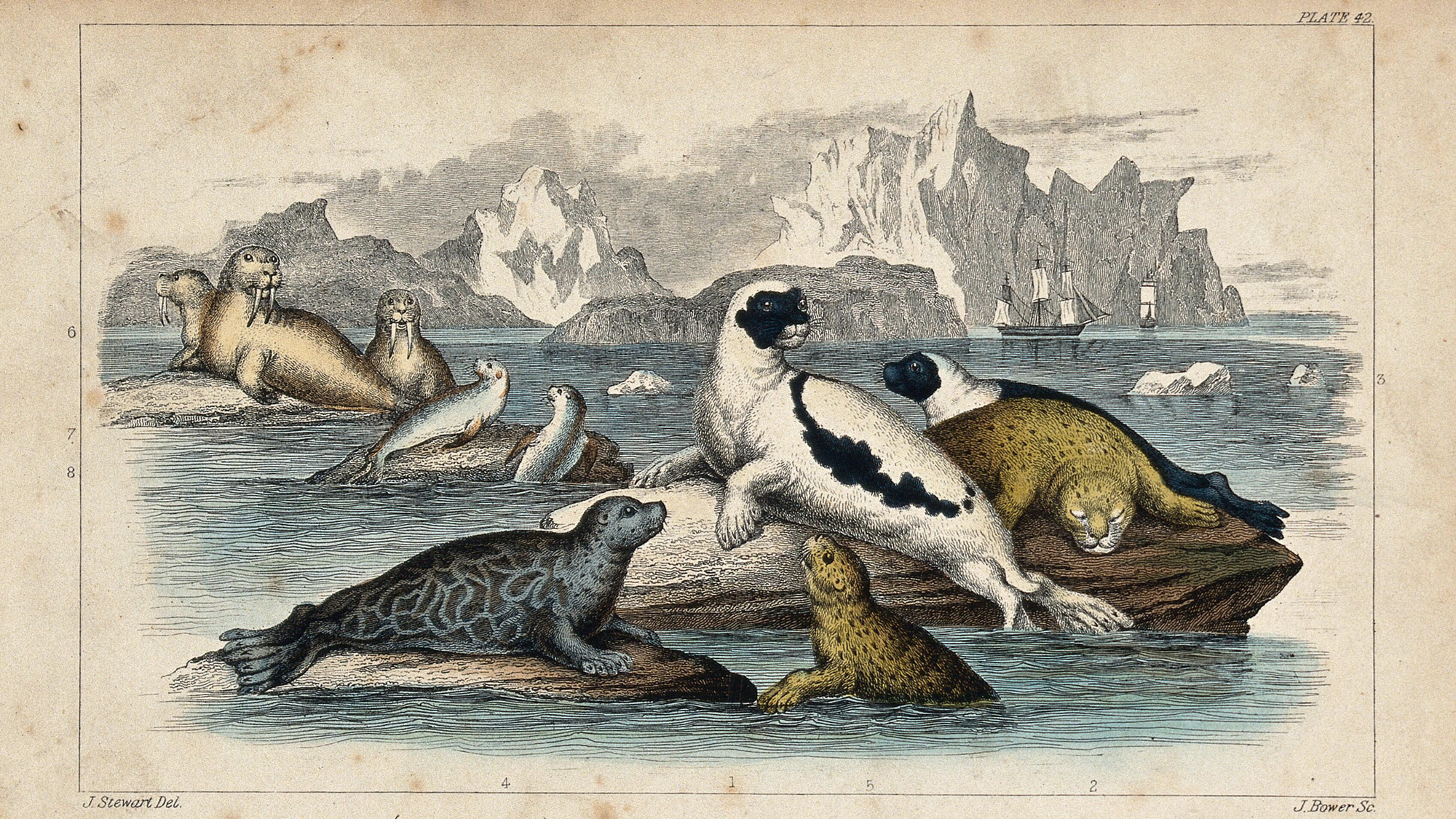
In house after house, people squatted and crouched around this great area of virtual territory. We went through the list. Mark all the places you have hunted for ring seal, bearded seal, harp seal, walrus, narwhal . . . And the places you hunted for caribou, hare, polar bears . . . And trapped foxes . . . And fished for Arctic char, trout, cod, sculpin . . . And gathered mussels, sea urchins . . . And hunted eider ducks, snow geese, tundra swans . . . And collected the eggs of Arctic terns, murres, gulls, black guillemots . . . And picked blueberries, cranberries . . . Show all this for when you were living out on the land before the school was set up. Now all the places since the school. And where were the graves of your ancestors, the campsites you used, the places you put your tents? Then the ecological knowledge: the bears’ dens; the way cracks formed in the ice in spring and meant that seals and narwhal could be hunted in the open water; which way the caribou moved in spring and autumn; where they had their calves; where their favourite summer grazing was. Someone mentioned spiders – were there many in this particular place? And butterflies. Someone had picked mushrooms – where were they usually found? And journeys – to trade one year, to visit a sick relative another, to travel for the fun of travelling. Along this shoreline, across that mountain pass, then down the coastline there. These were the places we stopped. Here there was a bad storm, and across that headland the ice was always piled high in early spring so it was slow and difficult to use that route . . . And here is where you can find the bones of my grandparents, and here is the grave of a southerner who came there to trade, and the wreck of an old whaling ship . . .
One map biography could take two days, and then be added to during extra visits, more stories, another layer of memories. We worked and worked, all of every day, for weeks on end. The maps became filled with circles, lines, notes, and the maps piled up. Everyone was able to find themselves on these maps. They could see their world in these representations from above, as with a bird’s eye view, which they could never have had; it was as easy for them as any other, more usual way of seeing their lands. The laying out of all this experience and knowledge was to reveal what it had meant to be a hunter and gatherer in these territories. For all their clutter of information, crossings out and corrections, lines going in all directions in many different colours, the maps were compelling and beautiful creations. They showed just how intense, extensive and rich the Inuit relationship to their world had been, and still was ■

Acts of Love and War
Faber & Faber, 21 July 2022
RRP: £20.00 | 352 pages | ISBN: 978-0571370931
This is a book about silences. And land.
Renowned anthropologist and film-maker Hugh Brody weaves a dazzling tapestry of personal memory and distant landscapes: childhood in England in the shadow of the Second World War, the Derbyshire hills, a kibbutz in Israel and the deep Canadian Arctic.
Growing up on the outskirts of Sheffield, Hugh Brody ate roast beef and Yorkshire pudding but was always given to understand that the real, the perfect food came from his mother's home, Vienna. He attended Hebrew classes three times each week but was sent off to a Church of England boarding school. Conflicted and bewildered, he sought places to which he could escape - but everywhere he discovered deep and troubling silences.
He takes us on his first journeys to the Arctic, a world so far removed from anything he had known as to be a chance to learn, all over again, what it can mean to be alive. As he reveals, the realities of the far north were a joy, but even there he found abuses of the people and the land - and voices that were deeply silenced by the forces of colonialism.
In these landscapes, human well-being appears to be both possible and impossible. Yet in memory, in the land, in the defiance of silence, Hugh Brody sees a profound humanity - as well as hope.
"A remarkable, often uncomfortable exploration of difficult terrain in which the author's pain and damage done to indigenous people is livid and raw." – Literary Review
"A book of outstanding depth and acumen . . . an outstanding contribution to anthropology." – Leaf Litter
"There are other stories and realities to listen to, for silence to become song. In this book we hear that song." – Geographical

Hugh recommends:
For the history of Inuit and the North, the work of Kenn Harper is very compelling.
⇲ Thou Shalt Do No Murder: Inuit, Injustice, and the Canadian Arctic by Kenn Harper (Nunavut Arctic College Media, 2022)
⇲ Minik: The New York Eskimo: An Arctic Explorer, a Museum, and the Betrayal of the Inuit People by Kenn Harper (Steerforth Press, 2017)
⇲ In Those Days: Shamans, Spirits, and Faith in the Inuit North by Kenn Harper (Inhabit Media Inc, 2019) | This is one of a series of short books about many aspects of the north very much from Inuit point of view.
Give Me My Father's Body: The Life of Minik, the New York Eskimo by Kenn Harper (Steerforth Press, 2017)
⇲ The Other side of Eden by Hugh Brody (Faber, 2001)
⇲ Maps and Dreams by Hugh Brody (Faber, 2002)
Living Arctic: Hunters of the Canadian North by Hugh Brody (Faber, 1989)
There are three very powerful films produced by an Inuit director and with Inuit actors, taking you deep into the Inuit world and mind:
⇲ Atanarjuat – The Fast Runner directed by Zacharias Kunnuk (Isuma Productions)
⇲ The Journals of Knud Rasmussen directed by Zacharias Kunnuk (Isuma Productions)
One Day in the Life of Noah Piugattuk directed by Zacharias Kunnuk (Isuma Productions)
Illustrative material for this excerpt is not necessarily included in the book.

Additional Credit
With thanks to Lauren Nicoll, Kate Burton and Arabella Watkiss at Faber.

